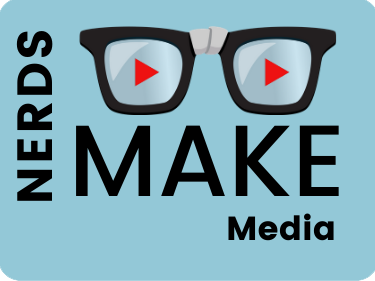Are you wondering about all these #hashtags you see all over social media these days and whether you should be also be using them to promote your own educational media projects? Once seen only on Twitter, hashtags are now also being used on Facebook, Pineterest, Instagram, LinkedIn, and YouTube to help people interested in your topic connect with your post. Today I’ll focus on a few free tools and simple guidelines to help you use hashtags to improve engagement with your content.
1. best-hashtags.com/ is geared towards Instagram, but can help with any platform. Enter your term and it gives you related hashtags and where they rank of popularity (on Instagram). It also provides lists of top and trending hashtags. all-hashtag.com is another such free tool.
2. Find your niche. While it’s tempting to use the most popular hashtags, your content will probably get lost in a sea of other posts. Use the popular ones occasionally when applicable, but try to figure out which ones can reach your audience by being searchable, specific, and relevant.
3. See who else is using the hashtag and how they are using it before you post. I had thought that #olderwomen would be good for my film about a most formidable 82-year-old woman, but it turns out that tag (at least on Twitter) is used mostly for those with an erotic interest in mature women. Turns out #womenover50 would be a better choice!
4. For Twitter:
Optimally, use no more than 2
Use them:
Anywhere in your Tweets themselves
At the start for emphasis
At the end for context
In the middle of your post to highlight a keyword.
In a comment when you Retweet
In replies
In your Twitter bio.
5. For Facebook:
Optimally, use no more than 2
Use them in both posts and comments
Less effective as more groups and user profiles become private
6. Instagram
Optimally, use 5-10
Include in your profile bio
Use after your image’s caption
Place in a comment after the post so they don’t distract from the post itself
7. YouTube
Optimally, use 2-3
Use in video title or video description
Using more than 15 hashtags will lead to your content being ignored, and possibly even flagged
8. LinkedIn
Optimally, use 1-2
Use in the updates and articles you write
Use professional terms
9. Pinterest
Optimally, use 2-5
Coming soon – I’ll go more in-depth on how to more effectively use different platforms.
Thanks to my new marketing guru @VinnyMwano for the inspiration and resources to write this article.
Learn more: How to Use Hashtags: A Quick and Simple Guide for Every Network
